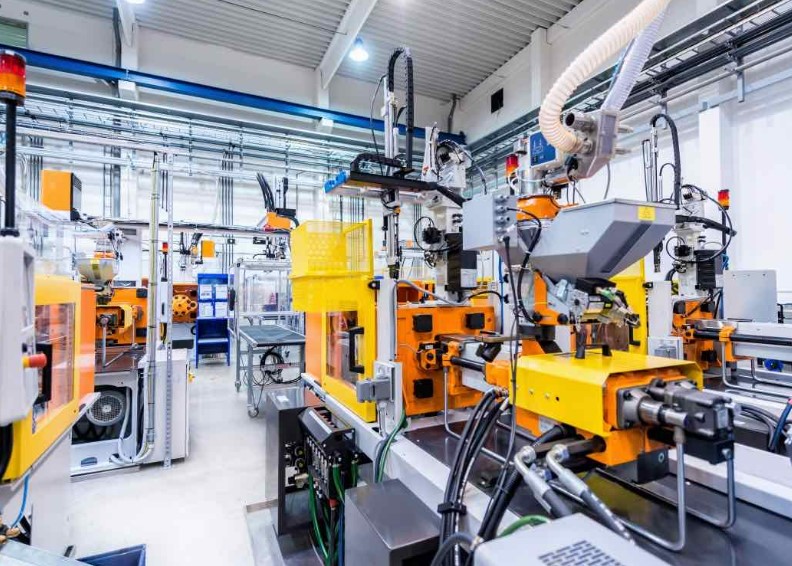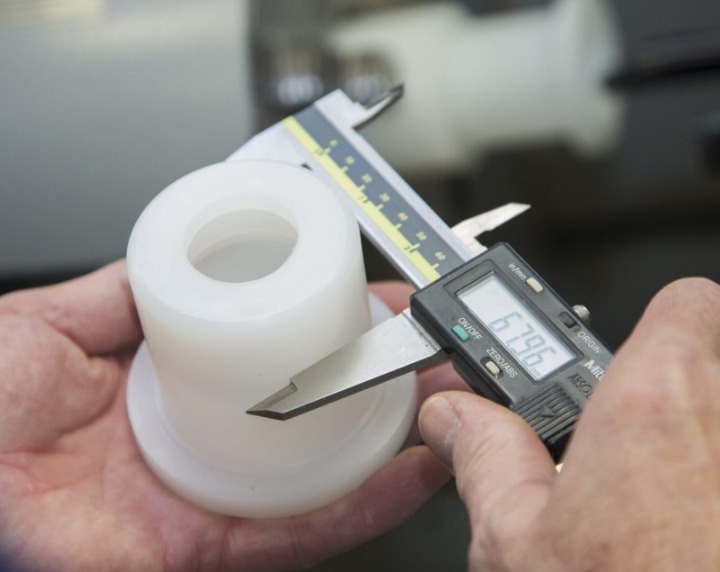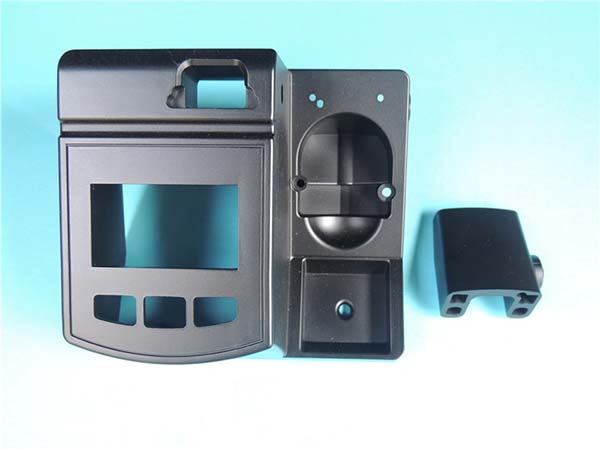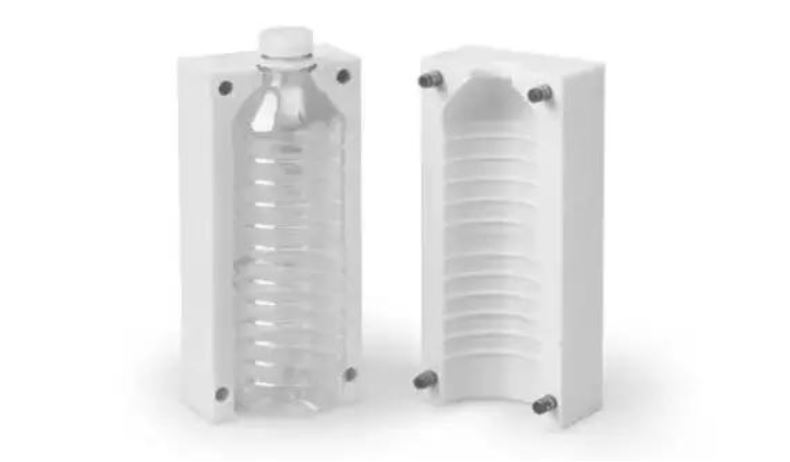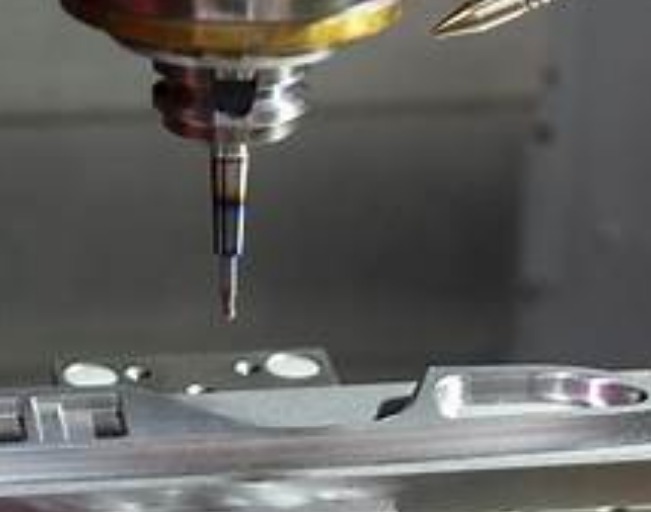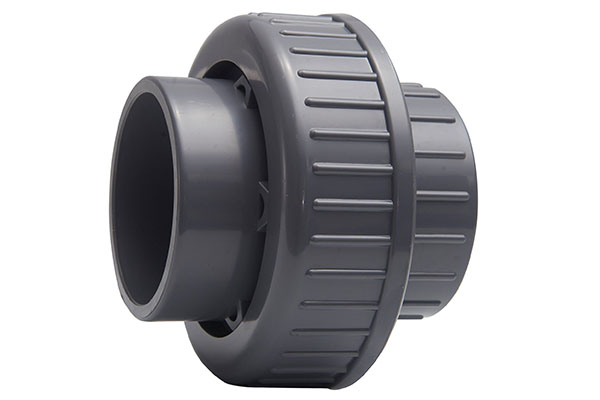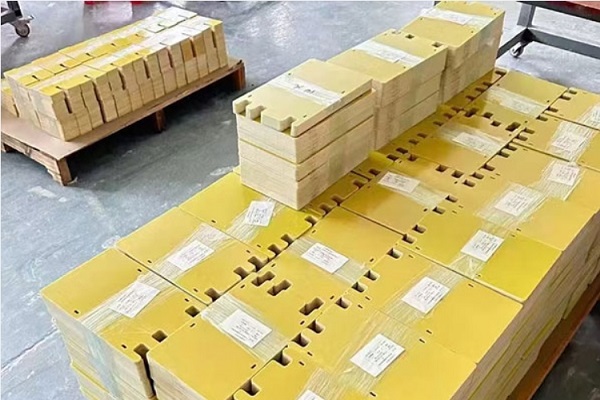Introduction
Understanding the Significance of Injection Molding Parameters
In the world of manufacturing, injection molding stands as a cornerstone process, especially when it comes to producing plastic components. The injection molding process involves injecting molten material into a mold cavity, where it cools and solidifies to take the shape of the mold. This method is widely used across industries such as automotive, electronics, and consumer goods, thanks to its efficiency in high - volume production and its ability to create complex shapes with precision.
The quality of the final injection - molded part is not an accident; it is the result of careful control over multiple parameters. These parameters act as the building blocks that determine whether a part will meet the required specifications in terms of dimensions, mechanical properties, surface finish, and overall functionality. A slight deviation in any of these parameters can lead to costly defects, such as warping, shrinkage, voids, or poor surface quality. For example, in the production of automotive interior components, if the molding parameters are not optimized, the parts may not fit correctly during assembly, leading to customer dissatisfaction and potential safety issues. Thus, understanding and managing these parameters is crucial for manufacturers aiming to produce high - quality parts consistently. In the following sections, we will delve into 7 key injection molding process parameters that have a significant impact on part quality.
1. Temperature: The First Parameter
Temperature is a fundamental parameter in the injection molding process, and it can be divided into two main aspects: barrel temperature and mold temperature. Each plays a crucial role in determining the quality of the final product.
Barrel Temperature
The barrel temperature is responsible for melting and plasticizing the raw plastic material. When the plastic pellets enter the heated barrel, they gradually soften and transform into a viscous, flowable state under the action of heat. A proper barrel temperature ensures that the plastic is uniformly melted, allowing it to flow smoothly into the mold cavity during the injection phase.
However, both high and low barrel temperatures can lead to significant product defects. If the barrel temperature is set too high, the plastic may experience thermal degradation. This can cause the plastic to char or burn, resulting in black streaks or a burnt smell in the final product. For example, in the case of polyethylene (PE), if the barrel temperature exceeds its thermal stability limit, the long polymer chains can break down, reducing the mechanical properties of the part.
On the other hand, if the barrel temperature is too low, the plastic may not be fully plasticized. This can lead to a phenomenon known as “short - shots,” where the molten plastic does not completely fill the mold cavity. Uneven plasticization can also cause variations in the part's density and mechanical properties, as some areas may have under - melted plastic particles, resulting in a weaker and less uniform product.
Mold Temperature
Mold temperature has a profound impact on the cooling rate of the injected plastic, as well as the part's size stability and surface quality. When the molten plastic enters the mold, it begins to transfer heat to the mold walls. A higher mold temperature slows down the cooling rate, which can be beneficial in some cases. For instance, for amorphous plastics like polystyrene (PS), a higher mold temperature (around 40 - 80°C) helps to reduce internal stresses in the part. This results in better dimensional stability, minimizing the risk of warping or cracking as the plastic cools and solidifies.
In terms of surface quality, a well - controlled mold temperature is essential. If the mold temperature is too low, the plastic near the mold surface cools rapidly, forming a skin layer. This can lead to a dull or rough surface finish, and in extreme cases, sink marks may appear on the part's surface. In contrast, a proper mold temperature ensures that the plastic flows evenly and adheres well to the mold surface, resulting in a smooth, high - quality finish. For crystalline plastics such as polypropylene (PP), a mold temperature in the range of 30 - 60°C is often recommended. This temperature range allows the PP to crystallize in a controlled manner, improving the part's mechanical properties and surface appearance.
2. Pressure: Driving the Process
Injection Pressure
Injection pressure is the force that propels the molten plastic material into the mold cavity during the injection stage of the injection molding process. This pressure is crucial as it determines how quickly and completely the mold cavity is filled.
When the injection pressure is too low, the molten plastic may not have enough force to reach all parts of the mold cavity. This leads to a defect known as “short - shot,” where the part is incomplete. For example, in the production of small, intricate plastic connectors, if the injection pressure is insufficient, the fine details of the connector may not be fully formed, making the connector unusable.
On the other hand, an overly high injection pressure can cause several problems. One common issue is “flash,” which occurs when the molten plastic leaks out between the mold halves due to excessive pressure. Flash not only adds extra material that needs to be trimmed off later but can also affect the part's dimensions and appearance. In extreme cases, high injection pressure can damage the mold itself, leading to costly repairs or replacements. For large - scale plastic products like automotive bumpers, a high injection pressure could cause the bumper to have uneven thickness or warping, as the excessive force distorts the plastic during the filling process.
Holding Pressure
After the mold cavity is filled with molten plastic, the holding pressure comes into play. Its primary function is to compensate for the shrinkage that occurs as the plastic cools and solidifies. Plastic materials typically shrink during the cooling process, and if there is no holding pressure to counteract this, the part may develop voids, sink marks, or improper dimensional accuracy.
A proper holding pressure ensures that additional plastic is supplied to the mold cavity as the material inside starts to contract. This helps to maintain the part's shape and dimensions. For example, in the production of plastic housings for electronic devices, a well - controlled holding pressure ensures that the housing has a smooth surface without any visible sink marks, and its internal dimensions are accurate enough to fit the electronic components snugly.
Conversely, an insufficient holding pressure will result in a part with significant shrinkage - related defects. The part may have concave areas (sink marks) on its surface, especially in thick - walled sections, where the plastic cools more slowly and shrinks more. Voids may also form inside the part, reducing its structural integrity. In contrast, an overly high holding pressure can cause the part to be over - packed. This can lead to excessive internal stresses, which may cause the part to crack or warp over time, and it also increases the material usage, making the production process less cost - effective.
3. Speed: Balancing Flow
Injection Speed
Injection speed is a critical parameter in the injection molding process, as it directly affects how the molten plastic flows into the mold cavity. It determines the rate at which the plastic is pushed from the injection unit into the mold, and finding the right balance is essential for producing high - quality parts.
A high injection speed can offer several advantages. It can reduce the cycle time of the injection molding process, which is beneficial for high - volume production. Faster injection speeds also help to ensure that the molten plastic fills the mold cavity quickly before it cools down too much. This is particularly important for complex molds with thin - walled sections or long flow paths. For example, in the production of thin - walled plastic containers, a higher injection speed allows the plastic to reach all parts of the mold before it starts to solidify, resulting in a complete and well - formed container.
4. Time: Precision in Every Stage
Time - related parameters in the injection molding process are crucial for ensuring the quality and integrity of the final product. Each stage, from injection to cooling, has its optimal time range, and any deviation can lead to significant defects.
Injection Time
Injection time refers to the period during which the molten plastic is injected into the mold cavity. Precise control of this time is essential for ensuring that the mold cavity is completely and evenly filled. If the injection time is too short, the molten plastic may not have enough time to reach all parts of the mold, resulting in short - shots. This is a common defect where the part is incomplete, and it can render the product unusable. For example, in the production of small plastic gears, a short injection time can cause the teeth of the gear to be under - formed, making it impossible for the gear to function properly.
On the other hand, if the injection time is too long, the plastic may start to cool prematurely while still in the injection process. This can lead to non - uniform filling, as the cooler plastic may have a higher viscosity and be more difficult to flow. Uneven filling can result in parts with inconsistent thickness, which can cause warping or weak spots in the final product. Additionally, a long injection time can increase the cycle time of the injection molding process, reducing production efficiency and increasing costs.
Holding Time
After the mold cavity is filled, the holding time comes into play. Holding time is the duration for which the holding pressure is applied to the molten plastic in the mold. This parameter has a significant impact on the product's density and dimensional accuracy.
During the cooling process, plastic materials tend to shrink. The holding time, along with the holding pressure, compensates for this shrinkage by supplying additional plastic to the mold cavity. A proper holding time ensures that the part maintains its intended shape and dimensions. For instance, in the manufacturing of plastic containers, a sufficient holding time ensures that the walls of the container are of uniform thickness and that there are no sink marks on the surface. Sink marks are concave areas that appear on the surface of the part due to insufficient material supply during the cooling - shrinkage phase.
However, the required holding time can vary significantly depending on the product's structure and the material used. Complex parts with varying wall thicknesses may require different holding times for different sections. Thicker - walled areas generally need a longer holding time because they cool more slowly and shrink more. Regarding materials, crystalline plastics like polypropylene (PP) typically require a longer holding time compared to amorphous plastics such as polystyrene (PS). This is because crystalline plastics have a more significant volume change during crystallization and cooling, so they need more time and pressure to compensate for the shrinkage.
Cooling Time
Cooling time is the period during which the injected plastic in the mold is allowed to cool and solidify before it is ejected from the mold. This parameter plays a vital role in the product's (demolding quality) and overall performance.
If the cooling time is too short, the plastic may not have fully solidified. When such a part is ejected from the mold, it can deform under its own weight or due to the forces exerted during the ejection process. Deformed parts are not only aesthetically unappealing but also may not meet the required dimensional specifications. In extreme cases, the part may break during ejection. For example, in the production of large plastic panels, insufficient cooling time can cause the panel to warp as it is removed from the mold, making it unsuitable for its intended application.
Conversely, if the cooling time is too long, it can lead to over - cooling. Over - cooled parts may become brittle, which reduces their mechanical strength. This is especially a concern for parts that need to withstand mechanical stress during their use. Additionally, a long cooling time increases the cycle time of the injection molding process, reducing productivity and increasing production costs. For high - volume production, even a slight increase in cooling time can have a significant cumulative impact on the overall production rate. Therefore, finding the optimal cooling time is a balance between ensuring proper solidification and maintaining efficient production.
5. Screw Rotation Speed: Optimizing Plasticization
Role in Plasticization
The screw rotation speed in the injection molding process plays a vital role in the plasticization of the raw plastic material. As the screw rotates within the heated barrel, it not only conveys the plastic pellets forward but also subjects them to mechanical shear forces. These shear forces, combined with the heat from the barrel, contribute to the melting and homogenization of the plastic.
A higher screw rotation speed generally leads to increased plasticization efficiency. It can shorten the time required to melt the plastic, which is beneficial for reducing the overall cycle time of the injection molding process. For example, in high - volume production scenarios, a faster screw rotation speed can increase the output rate without sacrificing too much on part quality. When the screw rotates faster, more plastic is melted and pushed towards the front of the barrel per unit of time, allowing for a quicker injection phase.
However, an excessive screw rotation speed can have negative impacts on the plastic and the final product quality. High - speed rotation generates more shear heat within the plastic. If the shear heat is too high, it can cause the plastic to degrade thermally. This degradation can lead to a reduction in the molecular weight of the polymer, which in turn affects the mechanical properties of the final part. For instance, in the case of polycarbonate (PC), excessive shear heat from high screw rotation speeds can cause the PC to become more brittle, reducing its impact resistance.
Moreover, a very high screw rotation speed can lead to inconsistent plasticization. The plastic may not be uniformly melted, with some areas being over - sheared and others not fully plasticized. This can result in parts with uneven density and mechanical properties. Uneven plasticization can also cause issues during the injection process, such as inconsistent flow of the molten plastic into the mold cavity, leading to defects like short - shots or flow marks on the part's surface.
On the other hand, a low screw rotation speed means that the plasticization process is slower. This can be a problem when the production cycle time needs to be minimized. Insufficient plasticization due to low screw rotation speeds can also lead to the presence of unmelted plastic particles in the molten plastic stream. These unmelted particles can cause blockages in the nozzle or gate of the mold, and in the final part, they can create weak spots or surface imperfections. For example, in the production of plastic toys, the presence of unmelted plastic particles can make the toy feel rough to the touch and may also reduce its structural integrity.
6. Back Pressure: Refining the Melt
Function of Back Pressure
Back pressure is a crucial parameter in the injection molding process, playing a significant role in refining the quality of the plastic melt. During the plasticization stage, as the screw rotates to convey and melt the plastic pellets, back pressure is applied to the screw, resisting its forward movement. This resistance forces the plastic to be compressed and sheared more thoroughly within the barrel.
One of the primary functions of back pressure is to increase the density of the plastic melt. When the plastic is subjected to back pressure, air and volatile components trapped within the plastic are expelled more effectively. This results in a denser and more homogeneous melt. For example, in the production of high - precision optical lenses made of acrylic plastic, a proper back pressure ensures that there are no air bubbles or voids in the melt. These imperfections could cause light scattering and reduce the optical clarity of the lens. By increasing the melt density, back pressure helps to produce lenses with superior optical properties.
Back pressure also improves the mixing uniformity of the plastic melt. It enhances the shear forces acting on the plastic, which promotes better blending of different additives or colorants with the base polymer. In cases where color - matched plastic parts are required, such as in the production of consumer electronics housings, a well - adjusted back pressure ensures that the color is evenly distributed throughout the part. This leads to a consistent and aesthetically pleasing appearance. If the back pressure is too low, the colorants may not be properly mixed, resulting in parts with color streaks or uneven coloring.
Moreover, back pressure can have a positive impact on the melt's temperature distribution. As the plastic is compressed and sheared under back pressure, heat is generated due to the mechanical work done on the plastic. This additional heat helps to further plasticize the material and can lead to a more uniform temperature profile within the melt. A uniform temperature is essential for ensuring consistent flow characteristics of the molten plastic during injection. In the injection molding of large - scale automotive parts, where maintaining a consistent melt temperature is crucial for proper filling of the mold, back pressure can be adjusted to optimize the temperature distribution. This reduces the likelihood of defects such as short - shots or flow marks caused by uneven melt flow due to temperature variations.
7. Shot Size: Right Amount, Right Product
Determining the Shot Size
Shot size in the injection molding process refers to the volume or weight of the molten plastic material that is injected into the mold cavity during each cycle. It is a critical parameter as it directly impacts the quality and consistency of the final product.
Determining the appropriate shot size is a complex process that requires careful consideration. One of the primary methods is to calculate the volume of the mold cavity. This can be done through CAD (Computer - Aided Design) software, which accurately measures the internal space of the mold. For example, if you are producing a small plastic toy with a complex shape, using CAD software to analyze the mold design will give you an accurate estimate of the cavity volume. Once the volume is known, you can convert it into the corresponding weight of the plastic material, taking into account the material's density.
Another factor to consider when determining shot size is the runner system. The runner is the channel through which the molten plastic flows from the injection unit to the mold cavity. Some plastic material remains in the runner after each injection cycle. To ensure that the correct amount of plastic reaches the mold cavity, you need to account for the volume of plastic in the runner. This is especially important in multi - cavity molds, where the runner system can be more complex. For instance, in a mold with four cavities arranged in a specific pattern, the runner system may have different lengths and diameters for each cavity. Calculating the plastic volume in such a runner system accurately is crucial to setting the right shot size.
In conclusion, getting the shot size right is essential for producing high - quality injection - molded parts. It requires accurate calculations, consideration of the mold and runner system, and strict control during the injection molding process. By ensuring the correct shot size, manufacturers can minimize defects and produce parts that meet the required specifications consistently.
Yigu Technology's Perspective
At Yigu Technology, as a non - standard plastic metal products custom supplier, we highly value the control of injection molding process parameters. Our extensive experience and advanced technology enable us to precisely adjust parameters like temperature, pressure, and speed according to different product requirements. For example, when dealing with complex - shaped plastic parts, we carefully optimize the injection speed and pressure to ensure complete filling and high - quality surface finish. We also closely monitor the cooling time to prevent warping and dimensional inaccuracies. By strictly controlling these parameters, we are committed to delivering products that meet the highest quality standards and satisfy our customers' diverse needs.

